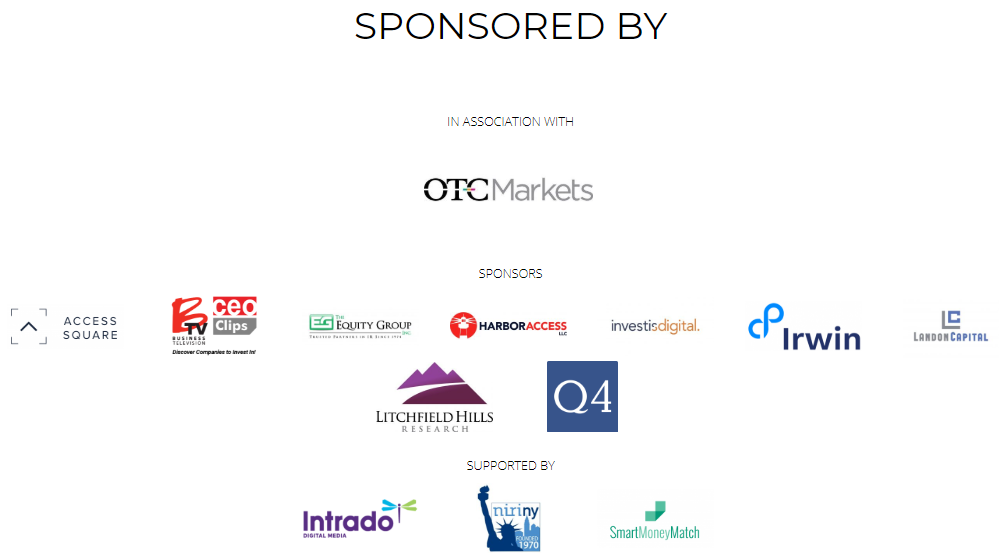Critics of company-sponsored research suggest it’s fraught with potential conflicts of interest and can be variable in quality, but numerous speakers at the recent IR Magazine Forum – Small Cap suggested this could be changing.
The tide is turning for several reasons, panelists said. Much has been made of how Mifid II is causing investment banks that operate in Europe to tighten their belts, so analysts are being asked to cover more companies. Given the mandated unbundling of research, trading and corporate access, investment banks are focusing on the companies – mainly large and mega-caps – where they are more likely to see returns, said David Whyte, chief executive officer and co-founder of The Platform Group.
While Mifid II is a European regulation and effects on issuers still seem largely muted in North America – according to a recent IR Magazine report, three times as many European IR professionals have seen a negative effect on the quality of their research coverage as have peers outside Europe – there is a large universe of uncovered or undercovered public companies in the US. With many investment banks adopting Mifid II on a global scale for compliance reasons, there’s an acknowledgement that it’s harder for small and micro-cap companies to attract sell-side research coverage.
This speaks to a need for some small and micro-cap companies to invest in company-sponsored research, said Theodore O’Neill, CEO of Litchfield Hills Research, a provider of company-sponsored research. ‘I started this business seven years ago, and that was six years too early,’ he commented, in reference to the effects of Mifid II on smaller public companies.
Access to research
Only 5 percent of companies with a market cap of less than $250 mn have any research coverage at all, according to data presented by O’Neill. Companies with a market cap between $250 mn and $1 bn are more likely to have analyst coverage, with 27 percent having between one and three covering analysts and 36 percent having four to six covering analysts. But 17 percent of these companies still have no analyst coverage.
| 0 | 1-3 | 4-6 | 7-10 | 11-15 | 16-20 | 21-25 | More than 25 | |
| Less than $250 mn | 85% | 10% | 4% | 1% | 0% | 0% | 0% | 0% |
| $250 mn-$1 bn | 17% | 27% | 36% | 15% | 4% | 1% | 0% | 0% |
| $1 bn-$10 bn | 4% | 11% | 23% | 28% | 21% | 8% | 3% | 2% |
| $10 bn-$100 bn | 0% | 1% | 3% | 8% | 19% | 29% | 23% | 17% |
Source: Litchfield Hills Research, Thomson Reuters
O’Neill explained that if institutional investors don’t have earnings estimates for a company, as provided through research, they won’t be able to find a company. He added, however, that Mifid II has changed the distribution of research.
Investment bank research is commonly distributed through platforms like FactSet, Bloomberg and other terminals. Investors access the bank-sponsored research they have paid to subscribe to, so they may not be able to see a significant amount of research.
O’Neill explained that a lot of company-sponsored research isn’t subject to the same limitations, so it’s accessible by the broader investment community.
‘The bad news is that if analysts don’t have estimates for you, the investors can’t find you,’ he said. ‘The good news is that if you do have estimates out there, it doesn’t matter where they come from: investment banks, company-sponsored research or Jack’s Research Shack.’
Concerns about conflicts of interest and research quality
One criticism that has dogged company-sponsored research is that, by its very nature, it is less objective than bank-sponsored research and more prone to conflicts of interest. Some providers of company-sponsored research are affiliated with broker-dealers and subject their research to the same processes as bank-sponsored research to mitigate conflicts of interest, one speaker said.
As the industry for company-sponsored research matures, it’s getting easier to determine a firm’s reputation, several speakers commented.
‘In terms of awareness and having research out there, [company-sponsored research] can help,’ said Loren Mortman, president of The Equity Group. ‘We used to be really opposed to it, but we’re beginning to see that change.’
Matthew Tractenberg, investor relations partner at Q4, agreed: ‘It’s really early. It still has a bit of a stigma, but used in the right way it can have a purpose.’
Two separate micro-cap attendees outlined the value they had received from commissioning company-sponsored research, in terms of both helping to increase their visibility to the market and helping them better understand their own investment story.
Mortman said IR teams considering company-sponsored research should ask providers whether they’re compliant with Financial Industry Regulation Authority rules 2241 and 3310. Compliance with these rules is mandatory for investment banks, but not for providers of company-sponsored research.
Likewise, companies should turn to their advisers and other service providers for advice, said Joseph Oltmanns, senior vice president of domestic corporate services at OTC Markets. Trading venues and other relevant market participants have a unique vantage point, overseeing the market as a whole, and may therefore have heard positive or negative comments about different providers of company-sponsored research, he said.










